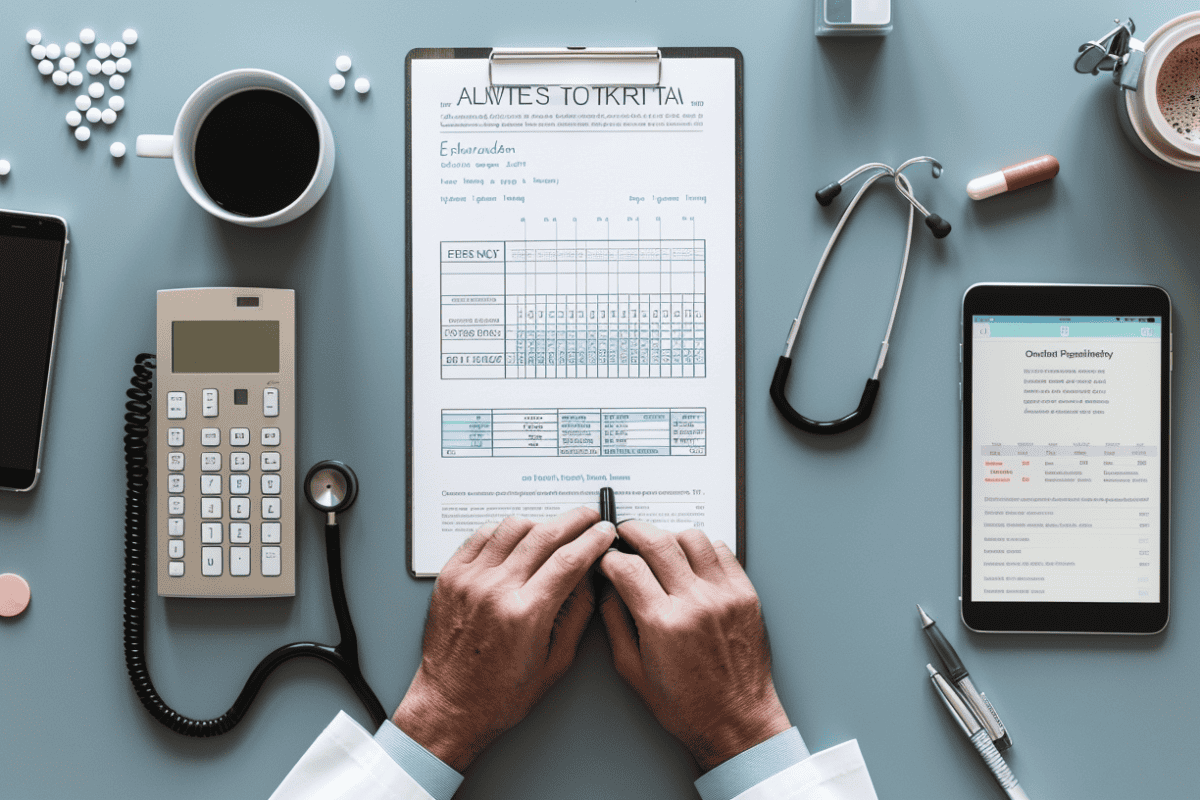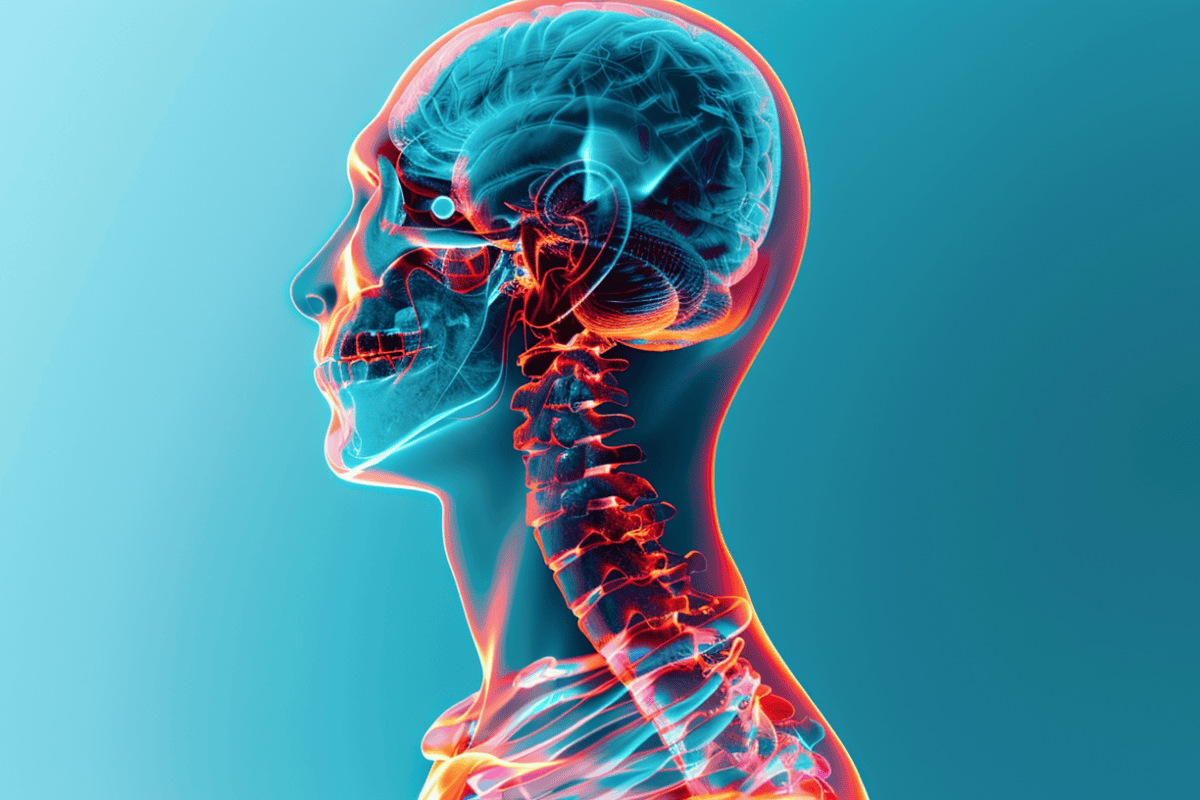As CEO of TapestryHealth, Mark Hirschhorn and his team use technology-driven innovations to make providing—and receiving—healthcare simpler, more cost-effective, more responsive, and more client-centered. TapestryHealth works with post-acute care facilities, ensuring that a fully integrated ecosystem of care supports each patient, and that every medical professional has confidence in the tools they use to provide that care.
TapestryHealth’s model focuses in particular on passive remote patient monitoring (RPM) and on chronic care management (CCM), two of the best means of supporting positive healthcare outcomes for people receiving long-term care. Together, RPM and CCM can provide a 24/7 wraparound safety net for each patient.
Real-time data supports patients and providers
One industry estimate projects that by 2024, about 30 million people in the United States will be using some type of remote patient monitoring device. By the year 2027, this market will grow in value globally to approach $2 billion. Due to the skyrocketing costs of administering high-quality healthcare and a shortage of qualified personnel, healthcare providers are increasingly seeking solutions driven by emerging technologies.
Previous generations of RPM devices were limited to portable blood glucose and blood pressure meters and the like. In the 1970s, glucose meters became widely available to help patients with diabetes become active participants in their own healthcare. Since then, the sensitivity, utility, and accuracy of these types of devices has increased exponentially. At the same time, they have become more cost-efficient, thanks to advances in artificial intelligence (AI) and digital information storage, retrieval, and sharing.
The COVID-19 pandemic only highlighted the value of RPM devices and of telehealth in general. With the urgent need to monitor patients not only in remote locations, but those isolating at home or being treated in crowded medical facilities, RPM enhances the ability of healthcare teams to stay on top of patient data and changes in their condition. These technologies thus help providers deliver the right care, at the right time, to the right patients.
RPM helps medical teams extend their reach, alleviate provider burnout, and support a strong line of communication among patients, families, and care providers—all via a continuous stream of real-time monitoring of vital signs and other health data. In fact, a 2022 summary published by the American Medical Association noted that these types of solutions hold “the potential to transform care.”
Today, providers can track and monitor numerous conditions—including asthma, sleep apnea, and chronic obstructive pulmonary disease—using wearable digital devices and other types of monitoring systems that access and record data in real time.
By partnering with Mark Hirschhorn and the TapestryHealth team, post-acute care providers can transform their current model of services. They can pick and choose specific services from the company’s comprehensive platform that blends the best of AI technologies with human knowledge and perspective.
Enhancing and complementing human expertise
At the center of the TapestryHealth toolkit is the Vitals Management Program. Its goal is to predict and stop problem situations before they have a chance to cause a deterioration in patient condition. TapestryHealth’s Vitals Management Program uses contactless radar and radio wave technology to track the vitals of every patient in a facility, in real time, and with the ability to create and track actionable historical data through AI and machine learning solutions.
Just one example of how this program can be lifesaving: A physician might not always note a slow increase in a patient’s respiratory rate during routine rounds checks. But TapestryHealth’s system is able to note such small fluctuations and immediately alert the care team. One recent study on the effectiveness of AI-powered, passive remote patient monitoring showed that it significantly reduced the number of declines and falls among older adults in a long-term care facility, while supporting overall improved health.
TapestryHealth’s AI solutions can minimize the number of adverse events in a post-acute care facility by projecting likely health trajectories by as much as 72 hours ahead. This allows clinical staff to intervene early with those patients most likely to experience declines and hospitalizations.
Additionally, the company allows facilities to offer 24/7 telemedicine services that connect post-acute patients and their families with experienced providers at any time for proactive, after-hours care directly from their rooms. Using these TapestryHealth solutions and services, even smaller and more isolated care facilities can boost their level of care to the level of the well-resourced ones.
The next level of comprehensive services
Some 60 percent of adults in the U.S. are living with at least one chronic health condition, according to the Centers for Disease Control and Prevention (CDC). In addition, about 40 percent of all U.S. adults have been diagnosed with multiple chronic illnesses. The cost of diabetes, cancer, cardiopulmonary conditions, and other chronic diseases is one of the main reasons healthcare costs have risen to more than $4 trillion annually. More significantly, these and other chronic diseases are the leading causes of death among Americans.
A professionally delivered chronic care management (CCM) program can add significantly to a person’s quality of life. A patient may qualify to receive CCM if they have been diagnosed with two or more chronic conditions. CCM includes the care needed to manage a chronic condition outside of face-to-face appointments with a healthcare provider, as part of a continuous monitoring plan. Services included in CCM might include patient and family education, preventive counseling, symptom management, and other types of assistance when a physician cannot be physically present with a patient.
By allowing for constant monitoring and care for one or more conditions, CCM has shown its ability to improve mobility, sleep patterns, and overall physical fitness. It can help patients manage pain and stress, and in its best outcomes, it helps them regain their capacity to return to work and to enjoy the recreational activities they previously did.
CCM centers individual patients and their needs, with the optimum model a partnership between professionals and their patients. Patients receiving care in a CCM framework can take responsibility for their own health monitoring, exercising their right of agency by participating in decisions affecting their care to whatever extent they are able.
A healthcare strategy more than the sum of its parts
The systems developed to support RPM and CCM also serve to mitigate regional, economic, and social inequities of access and care quality. Both models work together as part of a community’s overall population health management. Trend-watchers in the healthcare sector are increasingly looking to RPM and CCM as a powerful means of addressing the problem of over-stretched medical teams and care shortages.
CCM, in fact, is best understood as a subset of RPM: The technologies that enable passive remote patient monitoring also allow for a continuous support loop, providing responsive chronic care management to patients while streamlining workflow for healthcare teams. The result is better and more focused care for everyone.
This is a sponsored post
Digital Health Buzz!
Digital Health Buzz! aims to be the destination of choice when it comes to what’s happening in the digital health world. We are not about news and views, but informative articles and thoughts to apply in your business.


